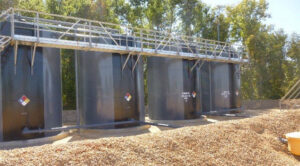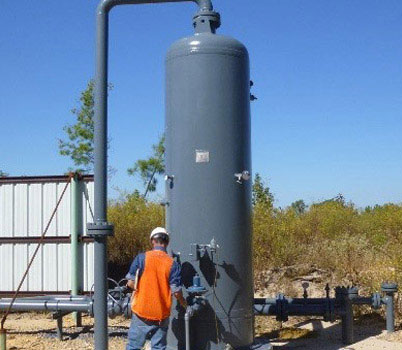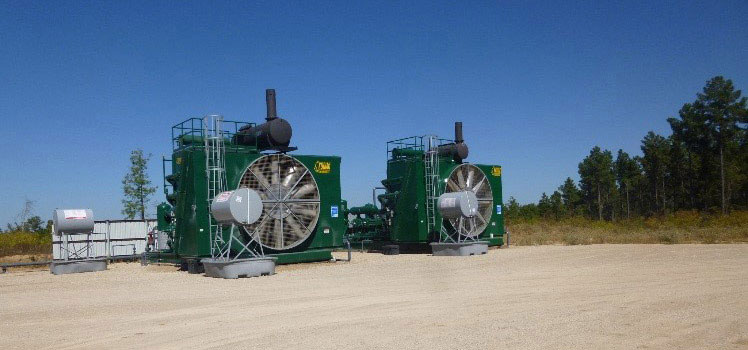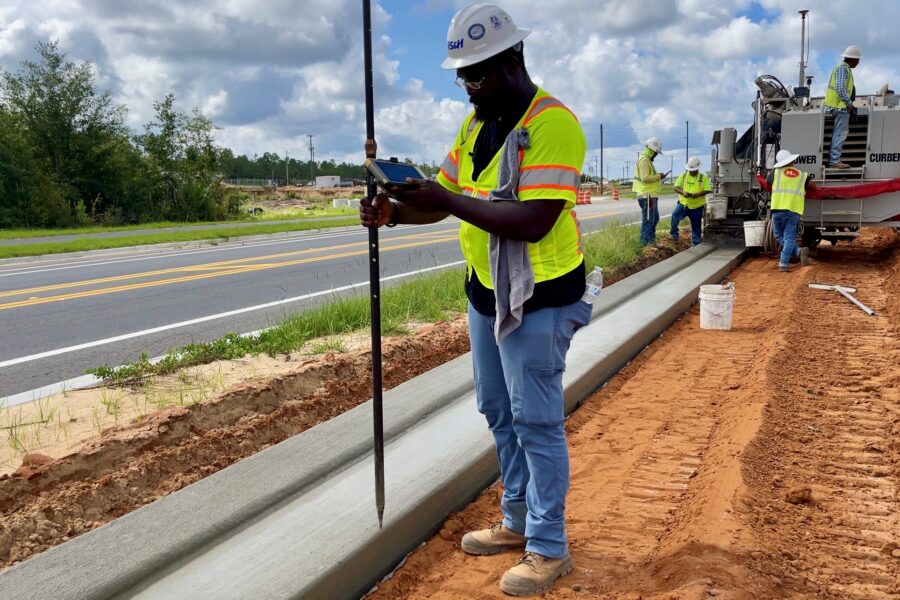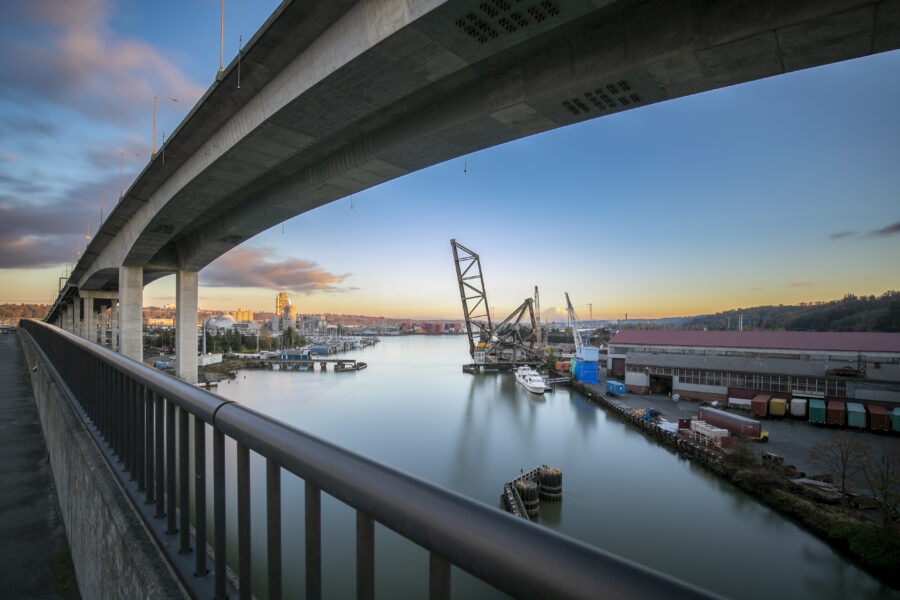Top 5 Steps of Conducting Oil and Gas Due Diligence
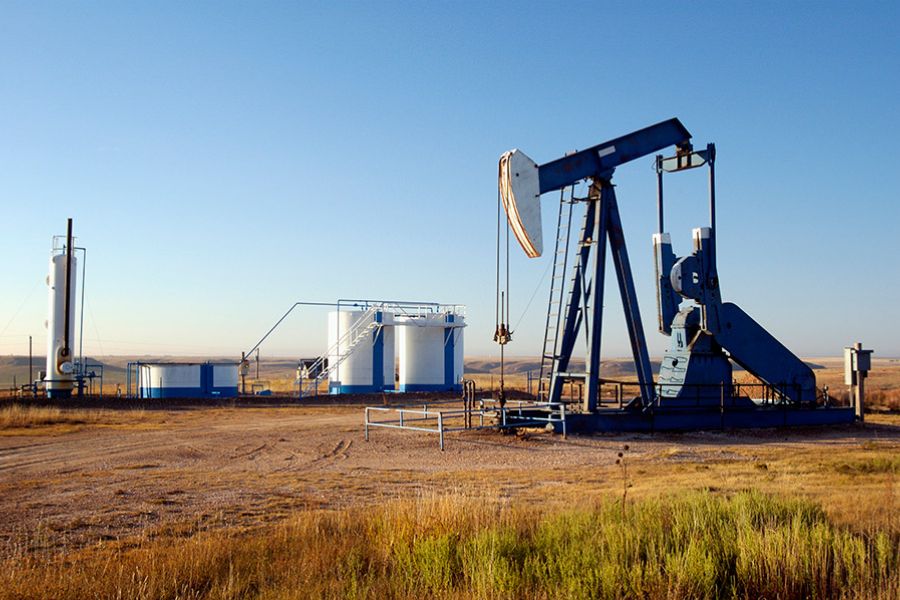
When purchasing an oil or gas facility or property, buyers should be aware of the lurking risks. One way to mitigate some of the risk is by performing thorough pre-purchase environmental due diligence. This will help to ensure that permits and records are in order, no significant contamination is present on site, and no legal encumbrances are associated with the properties.
While a due diligence process may seem like a lot of work, we’ve compiled a simple list of five steps that will protect your company and interests.
1. SPCC
Before you conduct a site visit, make sure you know whether the Spill Prevention, Control, and Countermeasure (SPCC) Rule is applicable to the facility. Once you’re on the property, take note of whether the facility has been kept in compliance with the rule. If there’s an existing SPCC plan, the type and size of containers included in the plan should match what’s on the property.
2. Site Visit
We really can’t overstate this: it’s so important to get eyes on the site. While you’re out there, start by looking for oil or chemicals spills, evidence of dumping, and equipment that’s past its prime.
3. NORM Assessment
Site visits aren’t all about the things you can see. Naturally Occurring Radioactive Material (NORM) exists in very low concentrations deep inside the earth. Though the material rarely is deemed dangerous, it’s important to document if NORM concentrations exceed regulations for the proper disposal of equipment.
4. Records Review
Generally, state agencies, such as the Railroad Commission of Texas (RCT), control most of the compliance requirements for the oil and gas industry. Most reporting that companies are required to do is submitted to the RCT. These records can be invaluable when determining if there have been problems at the site, such as a spill. It’s also important to find routine records and results of required tests in the facility’s RCT file.
5. Air Records & Emissions Numbers
Air record-keeping and reporting in the petroleum industry has become more complicated over the last few years as the EPA has introduced new requirements. You should request any and all emissions data the seller has collected. A qualified air specialist should analyze the results and determine the appropriate permits to file.

